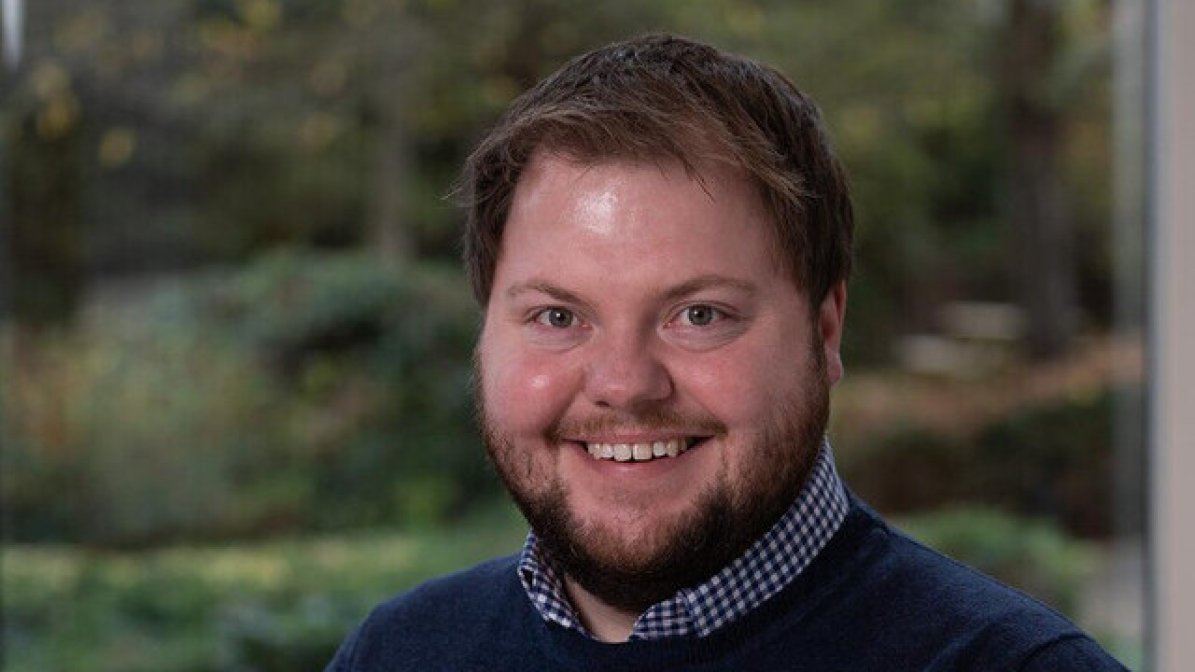Strengthening widening access
The Journey to a Million presents a multi-layered story in relation to widening access, with both risks and opportunities.
As we see growth in the overall cohort, we project we will see growth in applicants from all backgrounds. What we observe is that the application rate for POLAR4 Quintile 1 (those from the most disadvantaged backgrounds) students could reach 35%, an increase in 5.6 percentage points. For POLAR4 Quintile 5, we project an increase of 5.1 percentage points to 65%. Therefore, we could see a slight narrowing of the application gap between the most and least advantaged.
However, the big challenge here is how we manage this growth in disadvantaged applicants. If offer making behaviour remains as it currently is, what we project is that we’ll see a widening of the offer rate gap. Generally speaking, offer rates will likely decline, but our projections indicate that it could be disadvantaged students that miss out – with a greater proportion of these students getting one or less offers, and a smaller proportion receiving three or more.
However, this assumes that behaviour does not change. A change in offer making strategies by university and colleges, such as the increased use of contextual information or more targeted offer making to certain cohorts, could reverse some of the risks we observe. Similarly, further consideration of the wider adoption of access thresholds or minimum entry requirements (visibly lower entry requirements for disadvantaged students) – as referenced in the Universities UK Fair Admissions Reviewvi – would support disadvantaged students in recognising pathways available to them.
Outreach will also play a key role – as competition increases, outreach efforts will need to be enhanced to ensure disadvantaged students are not pushed out. Our soon to be launched Outreach Connection Services looks to enhance the visibility of these schemes, whilst also helping universities and colleges target hard to reach areas – and we would recommend all outreach and preparatory activities offered by universities and charities are listed within this. Ultimately, the strategies for the recruitment of disadvantaged students, such as revised Access and Participation Plan and Outcome Agreements, need to be explicitly framed in the context of the changing demographic landscape.
An often-misunderstood area is that similar challenges in participation also exist with apprenticeships. The Sutton Trust report that twice as many degree apprentices are from the wealthiest areas compared to the poorestvii,
indicating disparities in entry by background. As we approach the Journey to a Million, competition across all post-secondary routes will increase, and students will increasingly look at the full range of options – and these options need to be accessible to all.
There are a range of initiatives that could be undertaken to support widening access to apprenticeships. For example, there would be merit in exploring whether an Access and Participation Plan like model for levy-paying employers – outlining how they will recruit students from a range of disadvantaged backgrounds – could work in setting targets and benchmarks for widening access to apprenticeships. This could be coupled with funding, potentially from the levy, being used by employers to support access and outreach activities – all of which UCAS would display via its Outreach Connection Service to maximise engagement. Finally, the use of contextual information within the recruitment process could further support the recruitment of students from a diverse background.
The post-16 sector is beginning to feel the pressure of this growth, with early signs of changes in behaviour, with offer rates below pre-pandemic levels. However, it is not a new challenge in education. Cast your mind back 10 years ago, and almost every news bulletin would have carried a feature on the increasing pressure on nursery and primary school places. More recently, the pandemic brought with it an increase in accepted applicants. The education and training sector has accommodated changes in shifts in demand in the past, and through joined up planning, action and foresight, I am confident will be able to do so again. And just imagine what we can achieve if we do? Reduced skills gaps, more equal access, and wider opportunity for all. A million reasons why it’d be worth it.
i Universities UK (2020), Fair Admissions Review.
iiCommission on Race and Ethnic Disparities (April 2021), Summary of recommendations.
iiiUCAS (February 2023), Apprenticeships boosted under plans to broaden UCAS.
ivUCAS (2021), What Influences the Choices School Leavers Make?
vDepartment for Education (January 2023), Apprenticeships and traineeships statistics 2022/23.
viUniversities UK (2020), Fair Admissions Review.
viiCarl Cullinane and Katherine Doherty, Sutton Trust (May 2020), Degree Apprenticeships: Levelling Up?
